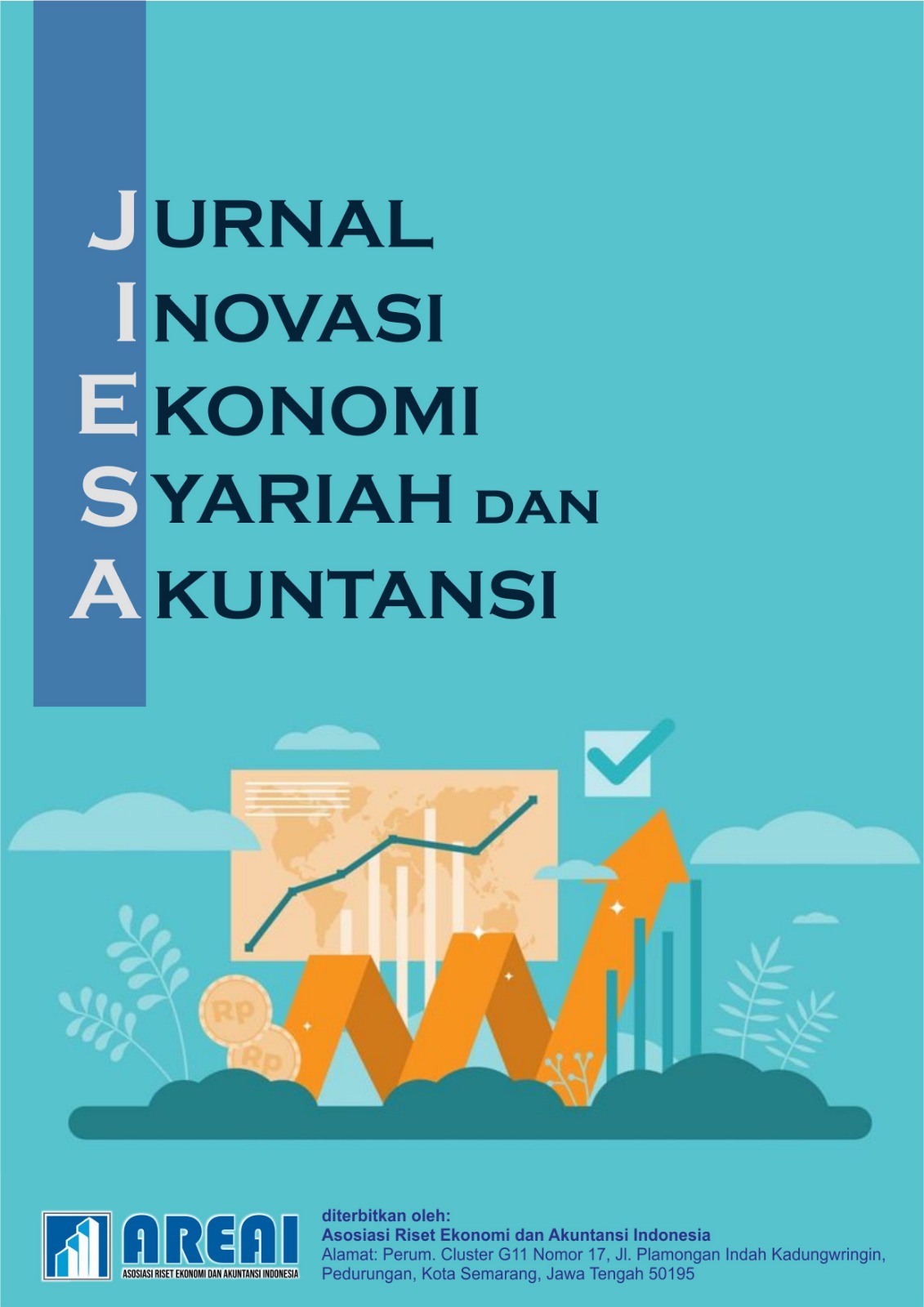Teori Permintaan Uang dan Konsep Uang Beredar dalam Ekonomi Islam
DOI:
https://doi.org/10.61132/jiesa.v2i3.942Keywords:
Iqtisaduna, Mainstream, MoneyAbstract
Money in the Islamic perspective is understood as a medium of exchange and unit of account that must have real value and be used in productive and fair economic activities. In the theory of demand for money, Islamic economics has three main approaches. The mainstream school adopts the general principles of conventional theory with adjustments to sharia values, such as the prohibition of usury and the requirement for transactions based on real assets. The Iqtisaduna school, emphasizes the relationship between the monetary system and the Islamic social structure based on the values of justice and individual responsibility. Meanwhile, the alternative school criticizes the fiat monetary system and offers a concept based on intrinsically valuable money such as the dinar and dirham. The three schools also provide different views on the concept of money in circulation, ranging from an adjusted conventional monetary policy approach to a model that rejects a paper money system without asset support. This study provides a clear conceptual mapping of the differences and contributions of each school to the development of the theory of demand for money and money circulation management in the Islamic economic system.
Downloads
References
Adini Nina, M., Dinda Hanifa, A., & Yulinda, S. (2022). Metode penelitian kualitatif studi pustaka. Edumaspul: Jurnal Pendidikan, 6.
Adiwarman, A. K. (2012). Ekonomi makro Islami. PT Raja Grafindo Persada.
Andini, D., Aini Nur, M., Arifin Fatkhulu, M., & Mustafida. (n.d.). Konsep permintaan uang menurut Keynes dan relevansinya dalam perspektif ekonomi Islam. Iqtishodiah, 6.
Arwin, A., Muhammad, S., & Masbar, R. (2019). Analisis permintaan dan penawaran uang di Indonesia. Jurnal Perspektif Ekonomi Darussalam, 5.
Chaudhry Sharif, M. (2012). Sistem ekonomi Islam: Prinsip dasar. Kencana Prenada Media Group.
Ichsan, M. (2020). Konsep uang dalam perspektif ekonomi Islam. Jurnal Studi Islam, 21.
Maulani, P. N. (2023). Konsep dan teori permintaan uang dalam perspektif Islam. Jurnal Ekonomi, Akuntansi dan Manajemen, 2, 235.
Maulani, P. N., Oktavia, R., Islamy, U. A., & Hidayat, F. (2023). Konsep dan teori permintaan uang dalam perspektif Islam. Jurnal Ekonomi, Akuntansi dan Manajemen, 2.
Mujahidin, A. (2013). Ekonomi Islam: Sejarah, konsep, instrumen negara dan pasar. PT Raja Grafindo Persada.
Supraitno, E. (2005). Ekonomi Islam. Graha Ilmu.
Widyanita, R., Hidayat, F., & Ilhamiwati, M. (2023). Analisis permintaan uang perspektif Islam di Indonesia. Jurnal Ekonomi Islam, 8.
Downloads
Published
How to Cite
Issue
Section
License
Copyright (c) 2025 Jurnal Inovasi Ekonomi Syariah dan Akuntansi

This work is licensed under a Creative Commons Attribution-ShareAlike 4.0 International License.





